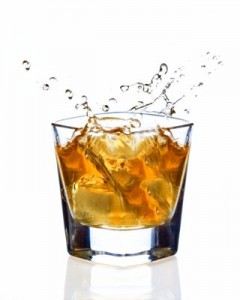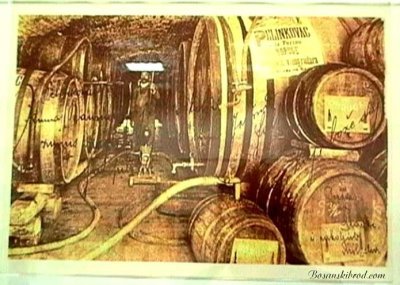10 Ways You Can Use Alcohol That Don’t Involve Drinking It
Believe it or not alcohol doesn’t and isn’t only for drinking. There are many ways you can use alcohol that don’t involve drinking it. From cleaning to working in your garden, the alcohol you are so accustomed to drinking can actually be a useful tool for many things in your life aside from getting drunk.
Here are 10 ways you can use alcohol that don’t involve drinking it:
Vodka
Vodka is one of the most, if not the most, popular alcohols today. This is not only because of its ingredients but also because it is a less intense flavor, which makes it perfect for mixing with other juices and liquors. So what are some ways you can use alcohol that don’t involve drinking it?
- Cleaning – Vodka has potent cleaning power of all kinds. If you spray your laundry with vodka as a freshener the alcohol kills odor-causing bacteria but it doesn’t leave a scent behind after it has dried. You could also use alcohol to polish glass and porcelain. Alcohol is great for getting rid of mold too, simply scrub the dirty area with a towel that is wet with vodka.
- Poison Ivy – Vodka can help disinfect skin and reduce symptoms of poison ivy.
- Flowers – Packaged flowers usually contain acid, sugar and a biocide that kills bacteria. If you add vodka and a spoonful of sugar to the water of your bouquets you can help with that.
Whiskey
Whiskey is made from fermented grain mash and is aged in wooden casks.
- Decongestant – Whiskey has been used to help with colds and congestion for a long time. This is one of the ways to use alcohol while drinking it but not to get drunk. Alcohol is heated with honey, lemon and water to help with decongestion.
- Toothaches – This is also an old remedy that uses alcohol. Whiskey dabbed on sore teeth can help with any toothache.
- Biofuel– Alcohol can be used for fuel! Scientists developed a fuel-grade biofuel that uses the waste from distilling whiskey and it is more powerful than most biofuels.
Beer
Right after water and tea, beer is actually the most consumed beverage in the world.
- Hair – The vitamin B and sugars within the alcohol in beer can help restore shine in hair. Warm, flat beer worked through hair after it has been shampooed works great. Rinse and then style as usual.
- Soil -Putting a few tablespoons of beer over soil helps grass grow fuller and faster. Why? Because of the yeast in the beer.
- Baths -This alcohol, beer, can actually soften your skin. Especially the darker beers with more malt.
- Cooking – beer can help the flavor of any bland dish including anything fried, soups, and more!
There are so many ways to use alcohol that don’t involve drinking it that it makes you wonder why we don’t use it more often in our baths or in our gardens!?




